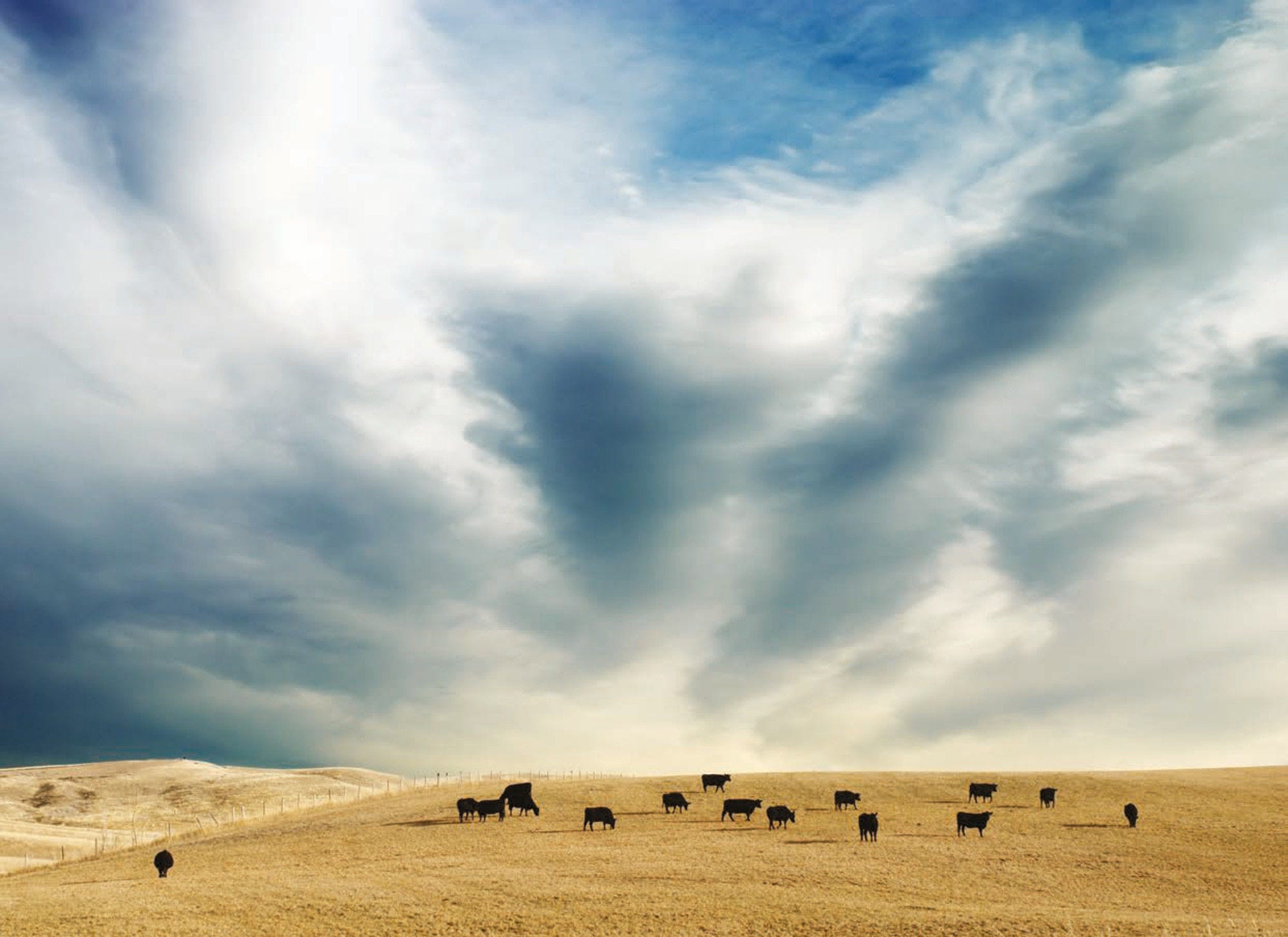Heavy government interventions in agricultural markets within a closed economy characterised the period from 1970 to 1986. The government had monopoly control over trade in rice, sugar and maize, operated by the National Grains Authority (NGA) established in 1972 (later renamed the National Food Authority [NFA]). Sugar trade was nationalised under the National Sugar Trading Corporation. At the same time, high-yield rice varieties were introduced. Input subsidies encouraged farmers to use high-yield varieties of rice, as well as fertilisers and pesticides. Public spending in the sector increased (particularly on irrigation), financed by a mix of taxes on major agricultural exports and foreign loans. Access to credit was facilitated by legally obliging financial institutions to provide 25% of their loans to the agricultural sector. Budgetary expenditures financed extension services to the farming sector (OECD, 2017[1]).
Partial liberalisation of the sector was implemented gradually from 1986 to 2000. Reforms undertaken in the 1990s aimed to improve services provided to agriculture, particularly extension services, and infrastructure. Market interventions were gradually reduced, as were tariffs and non-tariff measures on agro-food imports. The policy of self-sufficiency in rice continued with the provision of input subsidies to farmers, mainly fertilisers and certified seeds, but also credit facilitation and support to public services for agriculture, such as investments in irrigation and farm-to-market roads. At the beginning of the 1990s, the Philippines negotiated a number of trade agreements (for example, it is a founding member of the ASEAN Free Trade Area). Upon joining the WTO in 1995, the country committed to removing quantitative restrictions on imports of sensitive agricultural products (with the exception of rice) and to gradual liberalisation of agro-food trade. Public expenditure on agriculture declined substantially in the late 1990s, due to tight fiscal policies adopted in the aftermath of the Asian Financial Crisis (OECD, 2017[1]).
Furthermore, since 1988, the Philippines has undertaken an ambitious agrarian reform to redistribute agricultural land to landless farmers and land workers. The reform covered close to three-quarters of the country’s agricultural area. By the end of 2015, the redistribution of land was almost complete, but property rights remain to be settled. Almost half of the reform beneficiaries still have collective ownership certificates instead of individual property rights.
During the 2000s, the government undertook policy measures to further reduce market interventions in agriculture. Subsidised credit programmes were terminated, and private traders allowed to import rice at limited levels. However, the focus on food (rice) self-sufficiency was further reinforced and, after the global food price crisis in 2008, spending on agriculture increased substantially. The government increased public expenditure on irrigation and input subsidies to achieve self-sufficiency. The Food Staples Sufficiency Programme launched in 2011 retained the focus on rice and selected other staples, but shifted emphasis away from input subsidies towards public services to agriculture such as extension and infrastructure (OECD, 2017[1]). Following the Uruguay Round Agreement on Agriculture, the system of quantitative restrictions for rice was abolished in March 2019 and replaced by a tariff rate quota system. To offset the effect of the liberalisation of rice imports on producers’ incomes, in 2019 the government established the Rice Competitiveness Enhancement Fund (RCEF) with an annual appropriation of PHP 10 billion (USD 203 million) for six years (until 2025).
Support to farmers as a share of gross farm receipts (percentage PSE) tended to slightly increase and then stabilise over the last 20 years. It is above the OECD average and one of the highest among the emerging economies included in this report. Market price support for rice, sugar, maize, beef, poultry, pig meat and eggs constitutes almost all of support to farms (Figure 23.4). Budgetary support to producers is low, and almost exclusively devoted to payments based on input use.
